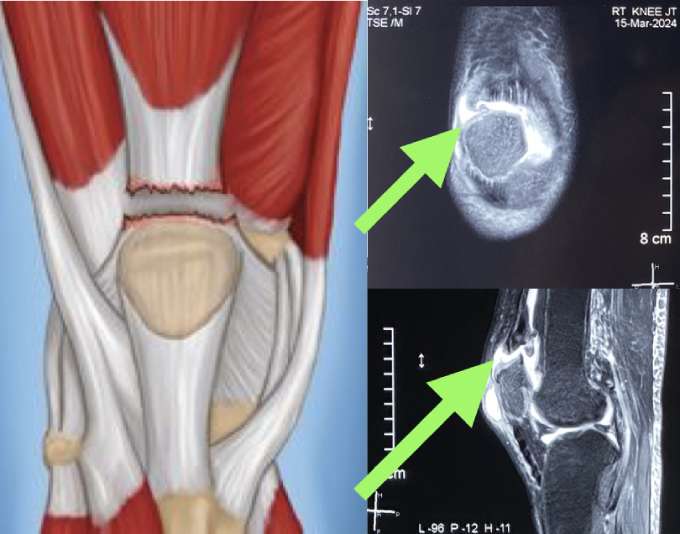What is a Tendon?
Tendons are thick cords that attach muscles to bones. They allow the muscles to move the bones and joints. Tendons can become torn from acute injuries or repetitive overuse. Patients with certain medical disorders such as chronic kidney disease are at a higher risk of suffering from tendon ruptures. Common tendon injuries include ruptures of the quadriceps or the patellar tendon in the knee and rupture of the Achilles tendon of the ankle.
Other less common injuries include biceps and triceps tendon ruptures around the elbow, pectoralis major tendon rupture, and hamstring and adductor tendon injuries of the thigh. Tendon injuries of the hand require specialized hand consultation to discuss the repair options.
Athletes are at risk of suffering from tendon injuries due to the sudden explosive movements that are required in sports. Similarly, individuals who participate in weight training at the gym may also suffer from tendon injury while attempting to lift a heavy weight that exceeds the capacity of the muscle.
The patient will complain of sudden onset weakness of the limb wherein the movement performed by the afflicted muscle will be absent. Associated pain, swelling, and localized bulge that represents the retracted muscle might be present. The treating orthopedic surgeon can determine the tendon that is injured by performing certain standard examination tests.

What patient can expect before surgery?
- We have detailed clinical examination to identify the nature of the pathology and recognise the presence of other associated injuries if any. At this stage functional scoring of the patient is also done which allows for comparison with scores in the post operative period.
- X-ray of the joint to ascertain additional bony injury if any. Sometimes high energy injuries cause concomitant tendon rupture with internal injuries to the adjacent joints.
- Ultrasonography of the limb. It is simple screening test that can identify the tear and also measure the extent of retraction.
- MRI to recognise the injury and determine the extent of the defect which can be measured. The retracted cut end of the tendon is also identified on the MRI.
- CT scan maybe required in some patients to better define the bony anatomy and rule out any innocuous fractures that might be missed on an Xray.
- Preoperative physiotherapy assessment to assess the muscle strength and range of motion and to start “Pre-hab” exercises
- Anaesthesia checkup to recognise potential medical issues that can affect the peri-operative course
- Additional investigations like blood tests, chest Xray, electrocardiogram (ECG), or any other test as determined by the anaesthetist / physician as being essential for surgery
The Repair Procedure:
Depending upon the site of injury, the surgery is done under spinal anaesthesia or general anaesthesia. Postoperative epidural pump maybe used for pain relief. The surgery is usually an open procedure but sometimes can be done arthroscopically.
- The overlying skin and soft tissues are gently separated to expose the site of the injury.
- The torn tendon ends are identified and prepared by removing any redundant fibrotic tissue that might hamper the healing process.
- The tendon repair may be done by transosseus pull through technique or by using suture anchors.
- The repair is augmented with side-to-side stitches if needed. Sometimes long standing tendon ruptures with fragile cut ends may require biological augmentation where an additional tendon from adjacent site is added to the repair to promote healing.
Benefits of Tendon Repair:
- Restores function and strength
- Relieves pain and improves mobility
- Allows return to normal activities and sports
Recovery Process
- Immobilization period with a splint, brace, or sling to protect the repair
- Physical therapy to regain range of motion and strength
- Gradual return to activities over 3-6 months as the tendon repair
Potential Risks:
Risks include re-tear, stiffness, infection, and nerve injury, though complications are generally uncommon.
With proper surgical technique and adherence to rehabilitation, tendon repair can successfully treat tendon injuries, restore strength and mobility, and enable patients to resume an active lifestyle.


